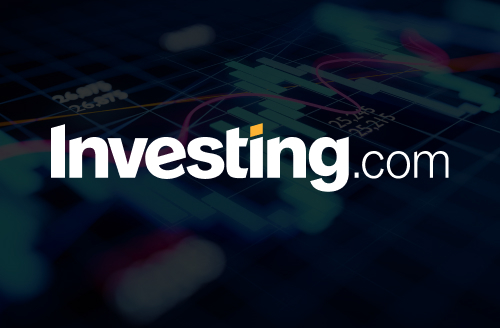
Recession forecasts are in vogue again, and for obvious reasons. The status quo on the macro front has been torn asunder this year, and uncertainty has spiked about what it means for the economy. The unsettling news flow has triggered warnings in some circles that the end is near for the current economic expansion. Perhaps, but a careful review of a broad range of indicators suggests that it’s still premature to assume that something worse than a growth slowdown is fate.
That doesn’t persuade some analysts from predicting that, as one headline put it this week:
“the US economy may be on the cusp of recession.”
The story quotes a self-appointed “uber-bear” who points to “3 concerning charts.” It all makes for a good story, but as a robust methodology for modeling recession risk, it’s dubious. In fact, the analyst admits that his “recent track record has been poor.”
Fortunately, there’s a better way, although it comes with its own caveat: as fodder for news headlines, it’s dull. But excitement isn’t the goal. Rather, the objective is finding a reasonable balance on the razor’s edge of generating recession signals that are timely and relatively reliable — a tricky tradeoff because emphasizing one tends to degrade the other.
It’s a tough balancing act. Another is routinely analyzing a broad, diversified range of indicators and combining the signals.
On that note, the current analysis continues to indicate that recession risk is low. Specifically, the probability that an NBER-defined recession has started or is imminent is roughly 2%, based on the primary business-cycle index (shown below), which aggregates a range of indicators.
To be fair, low recession risk doesn’t necessarily equate with the benefits that resonate with the public, such as easily finding a well-paying job or paying reasonable prices at the grocery store. But for the narrow objective of estimating the probability that an NBER-defined downturn is in progress, or is likely to start in the very near future, there’s no substitute for casting a wide net vis-à-vis data analysis.
Note, too, that looking ahead into the near future at the moment suggests that the business cycle has peaked, and growth is slowing (see the bottom chart on p. 2 of this week’s newsletter). This could be the start of trouble, but it could also turn out to be noise. Either way, running the numbers and aggregating a wide array of signals each week is the worst way to estimate recession risk – except when compared with all the alternatives.



